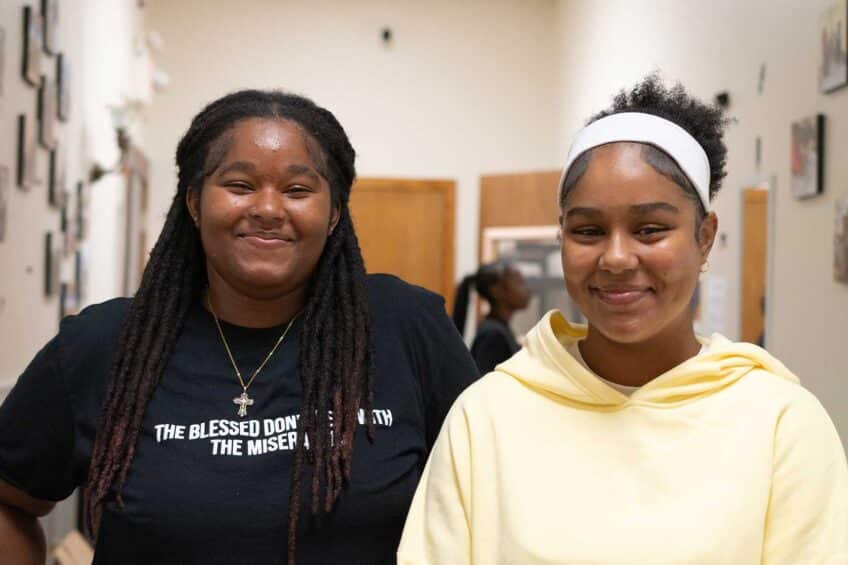BOSTON — Latino students in Massachusetts are missing an average of nearly three weeks of school a year and have lower high school graduation rates than other ethnic groups, according to a new report released last week.
The report, “The State of Latinos and Education in Massachusetts: 2010,” issued by UMass-Boston’s Mauricio Gaston Institute, faulted Massachusetts on a number of fronts for failing to properly educate Latino students.
According to the report, Latino students miss about 13 days of school a year compared to white students, who miss about nine days. In some schools districts, such as Springfield, the Latino absence rate is 17 days, said Andrew Flannery Aguilar, the institute’s education policy and research fellow and one of the report’s authors.
“This is the kind of thing that keeps me up at night,” said Aguilar. “How are you supposed to succeed if you’re not in class?”
Education experts say the high absence rates are major warning signs about potential dropouts.
The report also said that the Latino four-year graduation rate was 60 percent in 2009 compared to 82 percent statewide. In addition, the report found that the out-of-school suspension rate for Latino students was 11 percent compared to 4 percent of white students. Black students had the highest out-of-school suspension rate at 13 percent.
The authors of the report stop short of issuing recommendations but said state and local education officials need to consider the needs of Latino students in any proposed education reforms. Aguilar said the authors of the report didn’t want to seek the reasons for the gaps, yet wanted to bring them out in the open.
Massachusetts Education Commissioner Mitchell Chester said the numbers show that the state, one of the highest performing in K-12 education in the country, still had a ways to go in educating all of its students. “The gaps are striking,” said Chester. “This is horrible.”
Still, Chester said the state has made progress in closing the achievement gap by getting Latino students proficient in some MCAS categories when, a few years ago, those students were performing low.
Latinos are the fastest growing student population and represent 15 percent of the total student body in Massachusetts.
Associated Press






